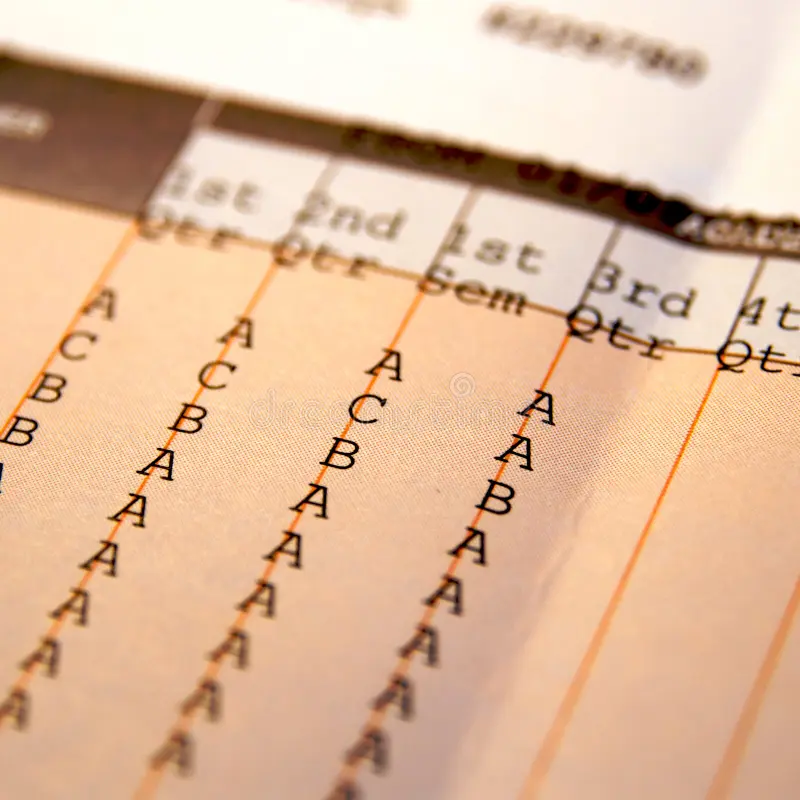The Hammonton School District– according to the student handbook available on the district website– has set the grading scale as follows:
- A. 100-93
B. 92-85
C. 84-77
D. 76-70
F. 69-0
The 7 point scale has been the district policy for decades, but is it hurting students more than it helps them? Should Hammonton move to the more universal 10-point grading scale?
At Hammonton, a student’s GPA/ class rank is determined by their letter grade rather than the numerical value. To put this into perspective, if a student earns a 91 for a CP class, they are being given a B. If that same student went to another New Jersey school– for example, Howell– they would have earned an A. Because GPA is based on the letter grade, this CP student’s GPA is lower at Hammonton than it would have been if they went to Howell.
In a survey answered by 34 Hammonton students, 73.5% of respondents said they would have gone up a letter grade in at least one class for the first marking period. All of these students, like the hypothetical CP student, have lower GPAs at Hammonton.
Most students who go to a Hammonton school are not choosing to be at Hammonton– they are placed in the district due to where they live. Is it fair that these students, who have no choice but to go to Hammonton, are being harmed by lower GPAs?
New Jersey law allows districts to set their own grading scale. Hammonton’s scale is setting students back– if the hypothetical CP student and the Howell student were both trying to get into the same college, the Howell student has a higher chance because their GPA is higher, but in reality both students had the same grade. If, by New Jersey law, the scale is up to the school, what is keeping Hammonton in the 7-point scale?
Virtual High School (VHS) is an option at Hammonton which allows students to take classes online without a physical teacher. The system is a cooperative between hundreds of high schools and uses the 10-point grading scale.
Because VHS classes count toward graduation credits, there are two grading scales in active use at Hammonton. This means the transition from a 7-point scale to a 10-point scale would be less of a dramatic change for students and teachers– there are already people used to it.
To start slow, the school can begin by placing Advanced Placement (AP) classes on the 10-point grading scale.
AP classes are defined by the College Board as “college-level courses and exams that you can take in high school,” and they say the goal is to save money in college by earning credits early, standing out to colleges, developing college skills early, and boosting GPA. The curriculum AP students and teachers follow are set by the college board and not the districts the courses are offered.
As previously mentioned, a goal of taking an AP class is to boost GPA. In the same survey of 34 students, 41.2% of the respondents are currently taking AP classes; remember that 73.5% of respondents would have gone up a letter grade if the 10-point scale was used– they would have had a higher GPA, which is one of the reasons to take an AP course. Because AP classes are not based on Hammonton, they should not be graded on Hammonton’s scale– they should be on the 10-point scale, which most colleges use.
Hammonton has followed a 7-point grading scale for years, but is it doing students more harm than good?

